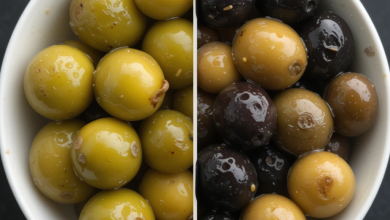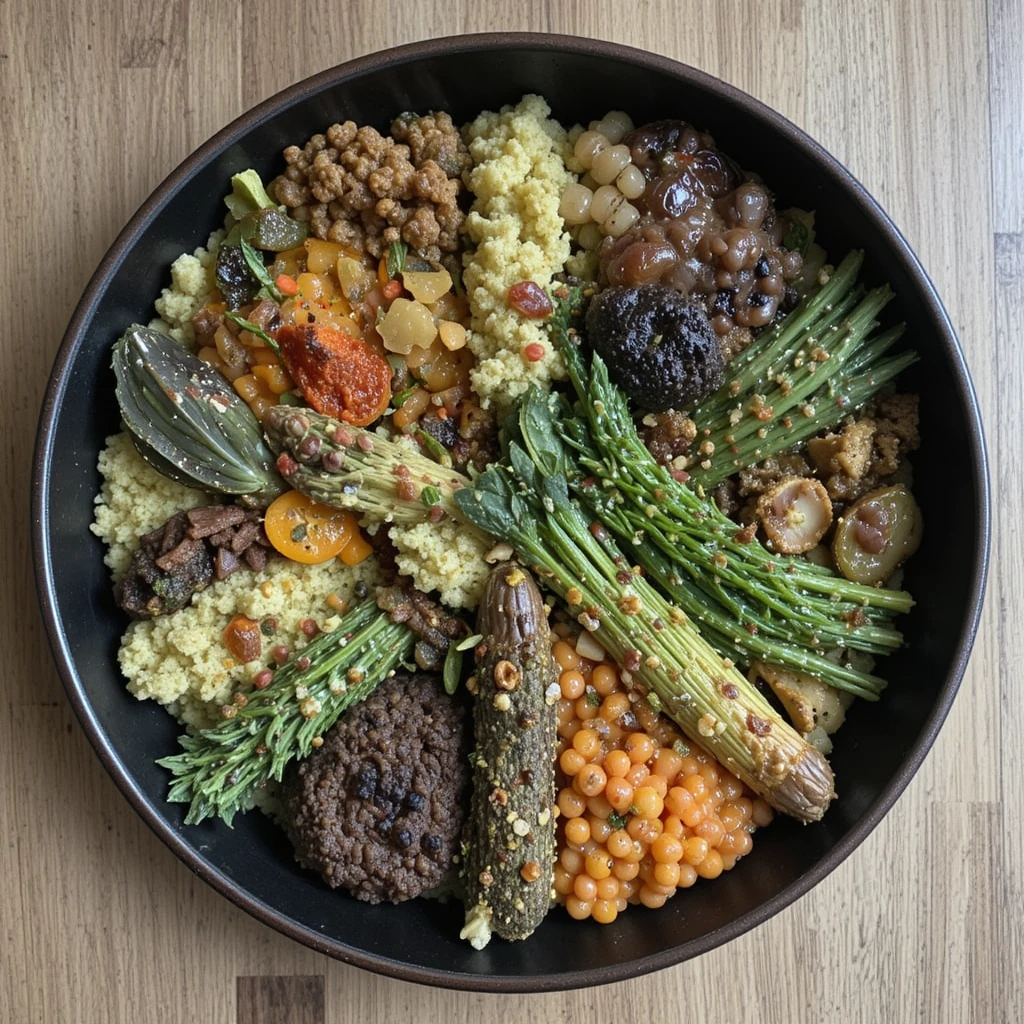Spices for Healing and Rejuvenation: Wisdom from Ayurveda
For thousands of years, Ayurveda the ancient Indian system of medicine has relied on the healing power of spices. These natural wonders not only enhance flavor but also promote health, vitality, and longevity. Unlike modern medicine, which often targets symptoms, Ayurveda focuses on holistic healing by balancing the body, mind, and spirit.
In this article, we explore the most powerful Ayurvedic spices for healing and rejuvenation. You’ll learn how turmeric, ginger, cinnamon, and other spices can boost immunity, improve digestion, reduce inflammation, and even slow aging. Whether you’re new to Ayurveda or a seasoned practitioner, these spices can transform your well-being.
The Ayurvedic Approach to Healing with Spices
Ayurveda categorizes health into three doshas (body-mind energies): Vata (air & space), Pitta (fire & water), and Kapha (earth & water). Imbalances in these doshas lead to illness, and spices help restore harmony.
Each spice has unique properties:
- Heating or cooling (supports digestion or reduces inflammation)
- Pungent, sweet, bitter, or astringent (affects doshas differently)
- Detoxifying or nourishing (cleanses or strengthens tissues)
Now, let’s dive into the top Ayurvedic spices for healing and rejuvenation.
1. Turmeric (Curcuma longa) – The Golden Healer
Benefits:
- Anti-inflammatory – Curcumin, its active compound, reduces chronic inflammation.
- Antioxidant-rich – Fights free radicals, slowing aging.
- Supports digestion – Stimulates bile production, aiding fat digestion.
- Boosts immunity – Enhances immune response against infections.
Ayurvedic Uses:
- Mix with warm milk (Golden Milk) for joint pain and detox.
- Combine with honey for wound healing and skin health.
Dosha Balance:
- Reduces Pitta (cooling) and Kapha (detoxifying).
- Excess may aggravate Vata (dryness).
2. Ginger (Zingiber officinale) – The Digestive Fire Igniter
Benefits:
- Enhances digestion – Relieves bloating and nausea.
- Anti-nausea – Effective for motion sickness and morning sickness.
- Pain relief – Reduces muscle soreness and arthritis pain.
Ayurvedic Uses:
- Drink ginger tea before meals to stimulate Agni (digestive fire).
- Apply ginger paste for sinus congestion.
Dosha Balance:
- Balances Kapha (warming) and Vata (stimulating).
- Excess may increase Pitta (heat).
3. Cinnamon (Cinnamomum verum) – The Blood Sugar Regulator
Benefits:
- Lowers blood sugar – Improves insulin sensitivity.
- Antimicrobial – Fights bacterial and fungal infections.
- Heart health – Reduces bad cholesterol (LDL).
Ayurvedic Uses:
- Boil with water for a metabolism-boosting drink.
- Mix with honey for cough relief.
Dosha Balance:
- Warms Vata and Kapha.
- Excess may aggravate Pitta.
4. Cumin (Cuminum cyminum) – The Detoxifier
Benefits:
- Aids digestion – Prevents gas and bloating.
- Iron-rich – Combats anemia.
- Detoxifies – Flushes out toxins.
Ayurvedic Uses:
- Roast and chew after meals for better digestion.
- Boil in water for a cleansing tea.
Dosha Balance:
- Balances all three doshas in moderation.
5. Cardamom (Elettaria cardamomum) – The Rejuvenating Spice
Benefits:
- Freshens breath – Natural mouth cleanser.
- Lung health – Clears mucus and congestion.
- Stress relief – Calms the mind.
Ayurvedic Uses:
- Add to coffee to reduce caffeine acidity.
- Chew pods for fresh breath.
Dosha Balance:
- Balances Kapha and Vata.
- Cooling for Pitta.
6. Black Pepper (Piper nigrum) – The Bioavailability Enhancer
Benefits:
- Boosts nutrient absorption – Especially with turmeric.
- Clears congestion – Acts as a natural decongestant.
- Anti-inflammatory – Reduces joint pain.
Ayurvedic Uses:
- Mix with honey for cold relief.
- Add to meals for better digestion.
Dosha Balance:
- Reduces Kapha (warming).
- Excess may irritate Pitta.
7. Fenugreek (Trigonella foenum-graecum) – The Hormone Balancer
Benefits:
- Regulates blood sugar – Helps with diabetes.
- Lactation support – Boosts milk production in nursing mothers.
- Skin health – Reduces acne and inflammation.
Ayurvedic Uses:
- Soak seeds overnight for blood sugar control.
- Apply paste for skin healing.
Dosha Balance:
- Warming for Vata and Kapha.
- May increase Pitta in excess.
8. Clove (Syzygium aromaticum) – The Pain Reliever
Benefits:
- Dental health – Reduces toothache and gum infections.
- Antioxidant powerhouse – High in eugenol.
- Respiratory health – Clears phlegm.
Ayurvedic Uses:
- Apply clove oil for tooth pain.
- Chew for fresh breath.
Dosha Balance:
- Reduces Kapha.
- Warming for Vata, but excess may aggravate Pitta.
How to Incorporate Ayurvedic Spices Daily
- Morning Ritual: Drink warm water with lemon, ginger, and turmeric.
- Cooking: Add cumin, coriander, and fennel (CCF tea) for digestion.
- Golden Milk: Turmeric + black pepper + warm milk before bed.
- Spiced Honey: Mix cinnamon and ginger for immune support.
Conclusion
Ayurvedic spices are nature’s pharmacy, offering healing and rejuvenation without side effects. By incorporating turmeric, ginger, cinnamon, and other spices into your diet, you align with ancient wisdom for modern wellness.
Start small—try one spice at a time—and observe how your body responds. Over time, these powerful botanicals can restore balance, boost energy, and promote longevity.
Which Ayurvedic spice will you try first? Share your thoughts in the comments!



